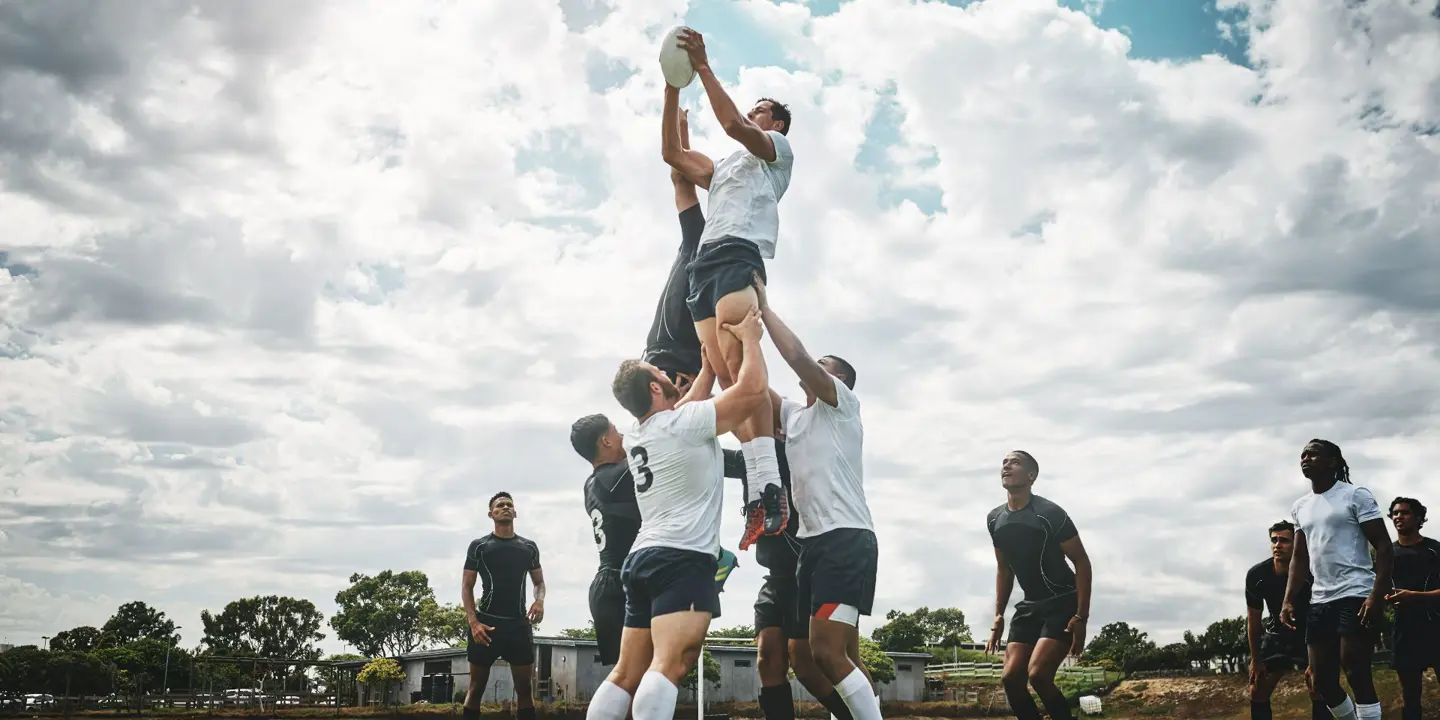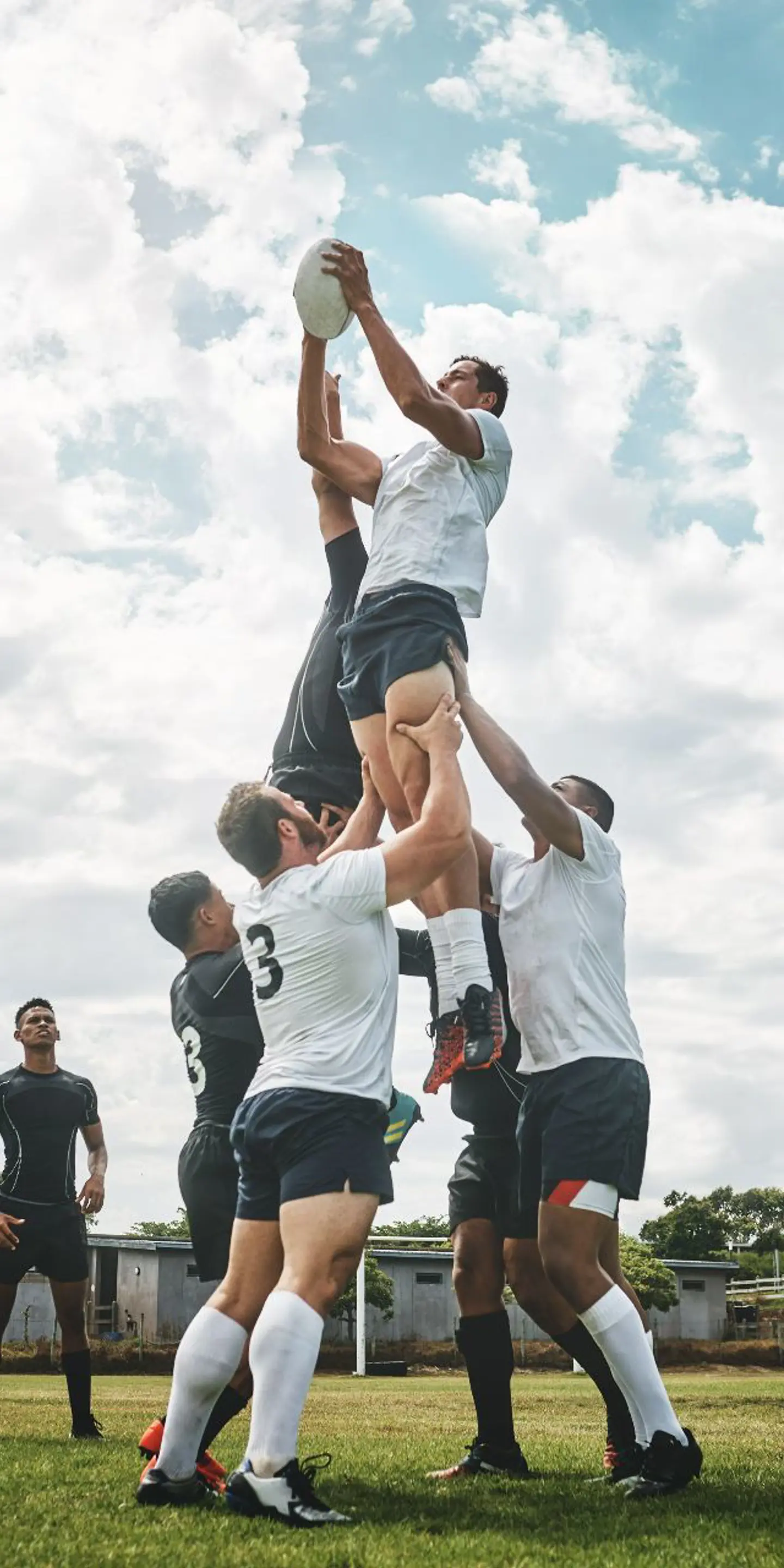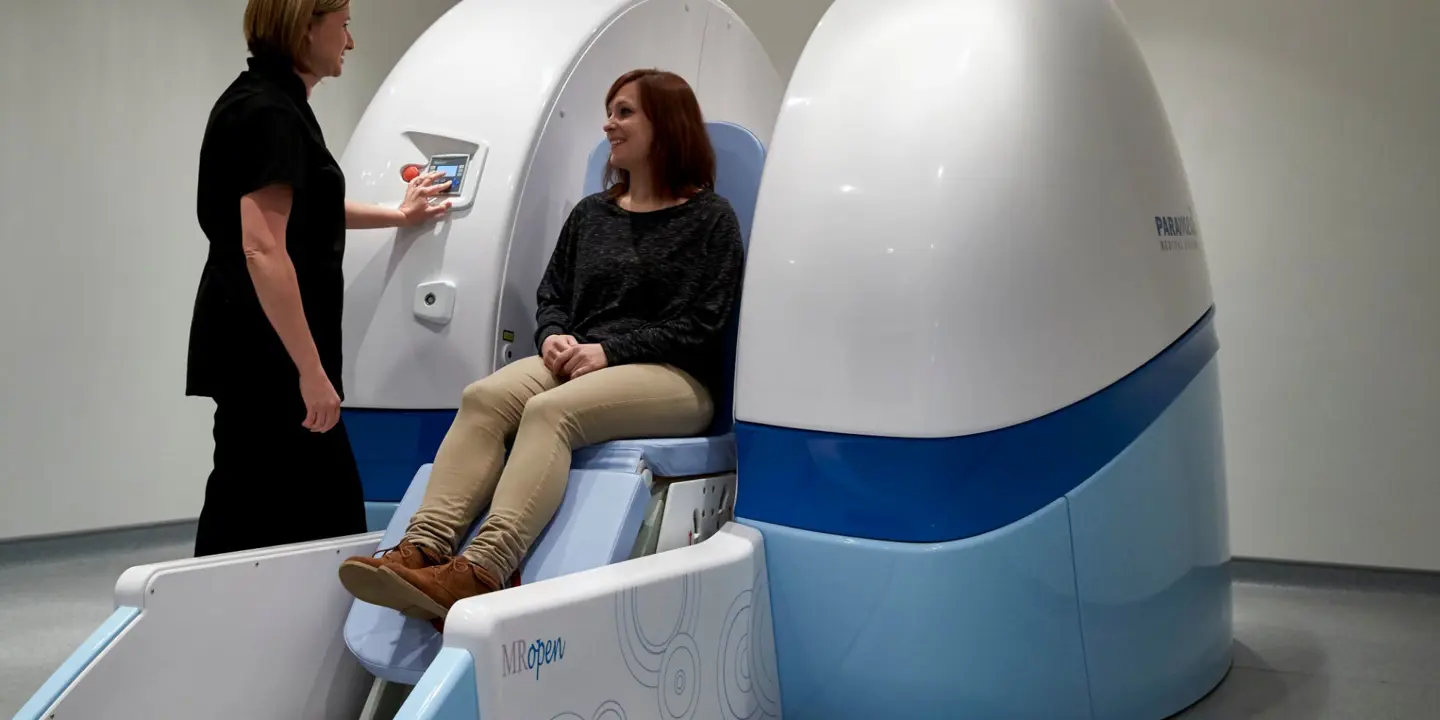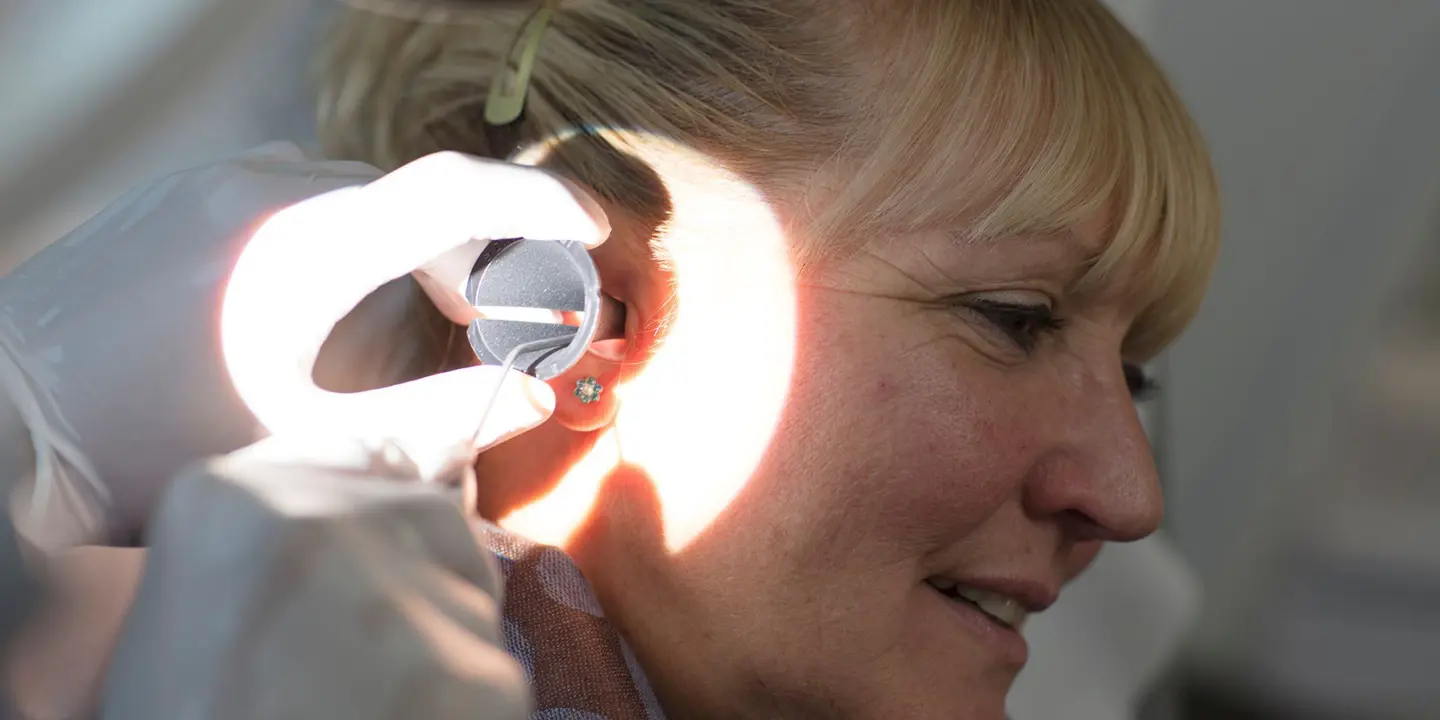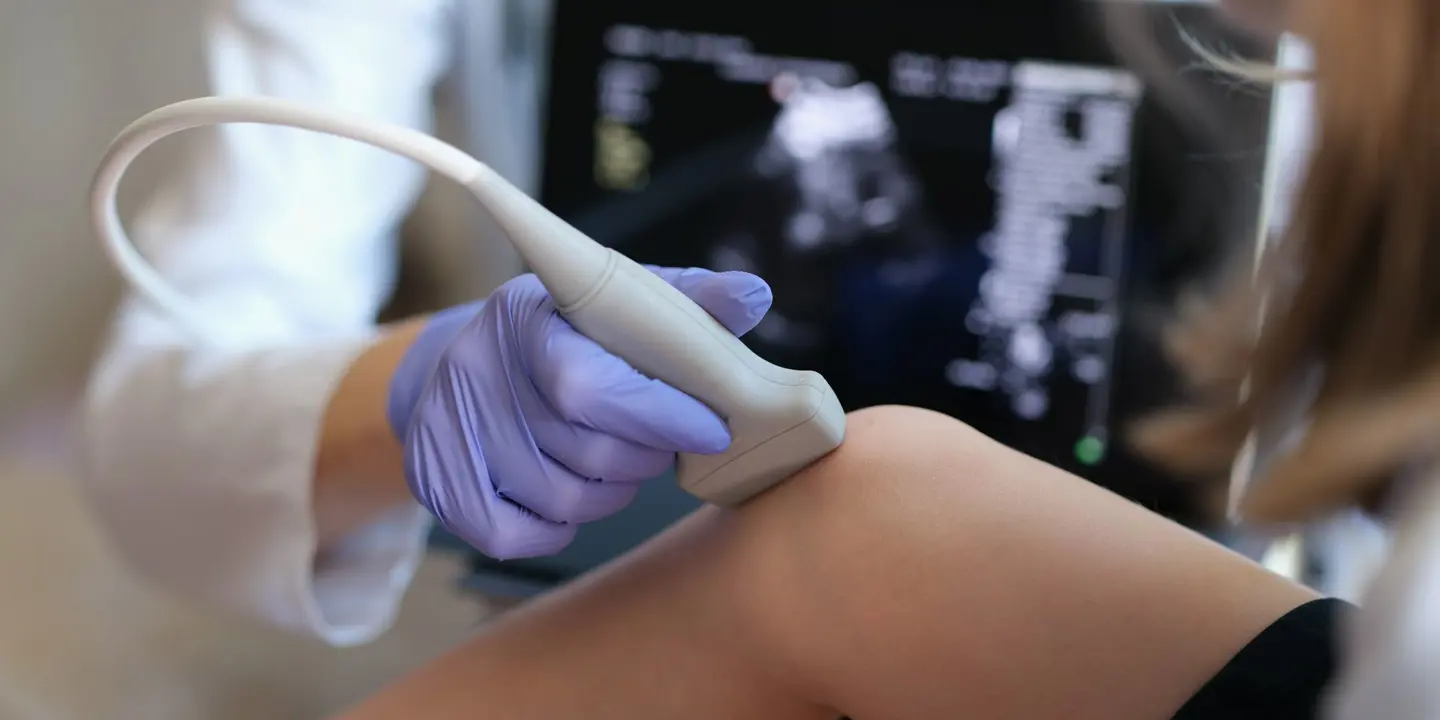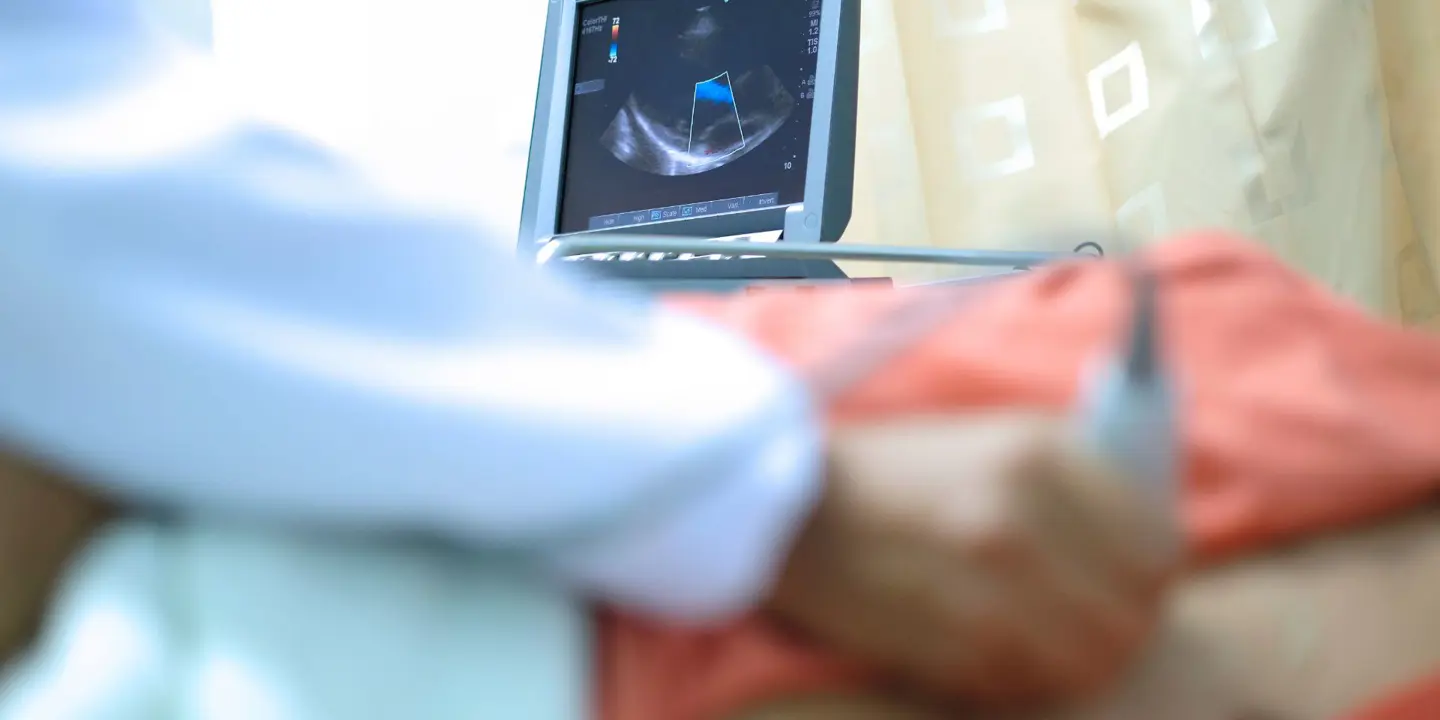Rugby is a contact sport that involves physical contact between players, making it more prone to injuries than some other sports. It is played by two teams of 15 players each, who aim to score points by carrying, passing, or kicking the ball over their opponent's goal line. The team with the most points at the end of 80 minutes is the winner. Due to the high demand and physical nature of the game injuries are common in rugby.
Rugby involves high-speed collisions, tackles, and contact with other players, which can lead to a wide range of injuries.
Common Rugby Injuries:
Concussions
Concussions are a type of traumatic brain injury that can occur in rugby when players experience a blow to the head. Symptoms of a concussion can include headache, dizziness, confusion, and difficulty with memory or concentration. In severe cases, a concussion can result in loss of consciousness. It is important for players to receive proper medical attention and follow a structured return-to-play protocol before returning to rugby activities.
Although concussions can’t be fully prevented specific exercises can help reduce the risk.
-
Neck strengthening exercises: Strong neck muscles can help absorb shock and reduce the risk of concussion. Examples of neck strengthening exercises include neck isometrics (e.g., pushing your head against your hand), neck bridges, and chin tucks.
-
Balance exercises: Improving balance and proprioception can help reduce the risk of falls and collisions that can lead to concussion. Improved balance can help rugby players to better absorb shock and prevent the head from experiencing a direct blow, which can lead to a concussion. Exercises that can help reduce the risk of concussion in rugby players include single-leg stance, standing on an unstable surface (e.g. a wobble board), and walking heel-to-toe. These exercises challenge the player's ability to maintain their balance and improve their ability to react to unexpected changes in their environment.
Knee injuries
Knee injuries are also common in rugby, particularly injuries to the anterior cruciate ligament (ACL). These injuries can occur due to sudden stops, starts, and changes in direction, or from contact with other players.
Some exercises that are beneficial to injury prevention include.
- Hamstring strengthening exercises: Strong hamstrings can help protect the knee joint and reduce the risk of injury. When the hamstrings are strong, they can help counteract the forces that pull the knee forward, which can help prevent injuries such as ACL tears and patellofemoral pain syndrome. The hamstrings also help to control knee flexion, or bending, which is important for absorbing shock and reducing stress on the joint during weight-bearing activities.
Examples of hamstring strengthening exercises include hamstring curls, deadlifts, and Romanian deadlifts.
-
Hip strengthening exercises: Weak hips can contribute to poor knee alignment and increase the risk of knee injury. The hip muscles play a crucial role in stabilising the pelvis and controlling the position and movement of the femur (thigh bone), which in turn affects the alignment and stability of the knee joint. Weakness or dysfunction in the hip muscles can lead to excessive stress on the knee joint, which can result in injuries such as patello-femoral pain syndrome, iliotibial band syndrome, and anterior cruciate ligament (ACL) tears. Strengthening the hip muscles, can improve athletes pelvic and femoral control, which can reduce the stress on the knee joint during physical activity.
-
Clamshells: Lie on your side with your knees bent and your feet together. Lift your top knee away from your bottom knee while keeping your feet together. Lower your knee back down and repeat for 10-15 repetitions on each side.
-
Lateral band walks: Place the glute band above your knees and stand with your feet hip-width apart. Take a step to the side with one foot, keeping tension on the band. Bring your other foot towards your lead foot and repeat for 10-15 repetitions on each side.
-
Glute bridges with glute band: Place the glute band above your knees and lie on your back with your knees bent and your feet on the ground. Lift your hips up towards the ceiling, squeezing your glutes and keeping tension on the band. Lower your hips back down and repeat for 10-15 repetitions.
-
Balance and proprioception exercises: As mentioned earlier, improving balance and proprioception can help reduce the risk of falls and knee injuries. Examples of balance and proprioception exercises include single-leg stance, standing on an unstable surface (e.g., a wobble board), and jumping and landing on one leg.
Shoulder injuries:
Shoulder injuries, such as dislocations and rotator cuff tears, are also common in rugby due to the forceful tackling and collisions that occur during play. Rotator cuff strengthening exercises: Strong rotator cuff muscles can help stabilize the shoulder joint and reduce the risk of injury. Examples of rotator cuff strengthening exercises include external and internal rotations with a resistance band, shoulder Y's and T's, and prone extension.
-
Scapular stabilization exercises: The scapula (shoulder blade) is an important part of shoulder stability. Examples of scapular stabilization exercises include prone scapular retraction, wall slides, and serratus anterior punches.
While these are the most common injuries in rugby, it's important to note that any part of the body can be vulnerable to injury in this sport. It's essential for players to use proper technique, wear appropriate protective gear, and receive prompt medical attention if they do suffer an injury.

